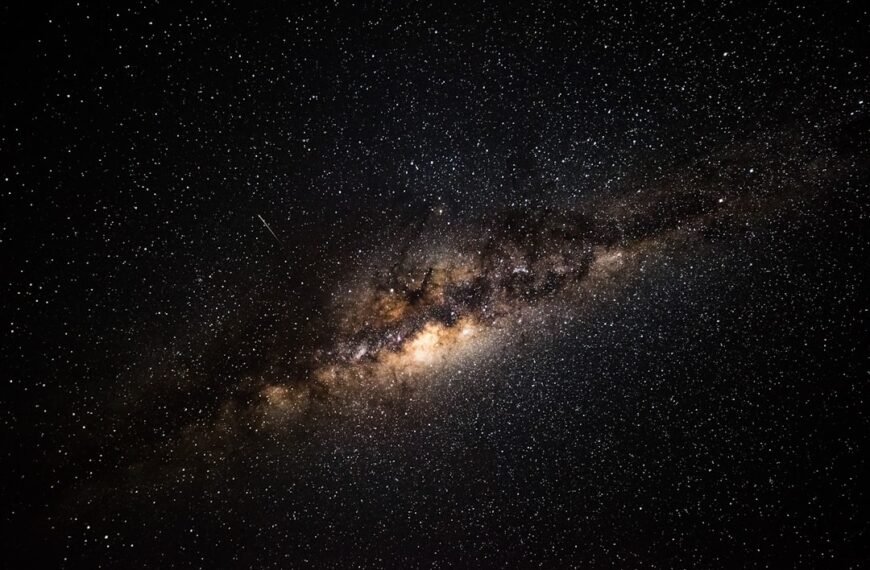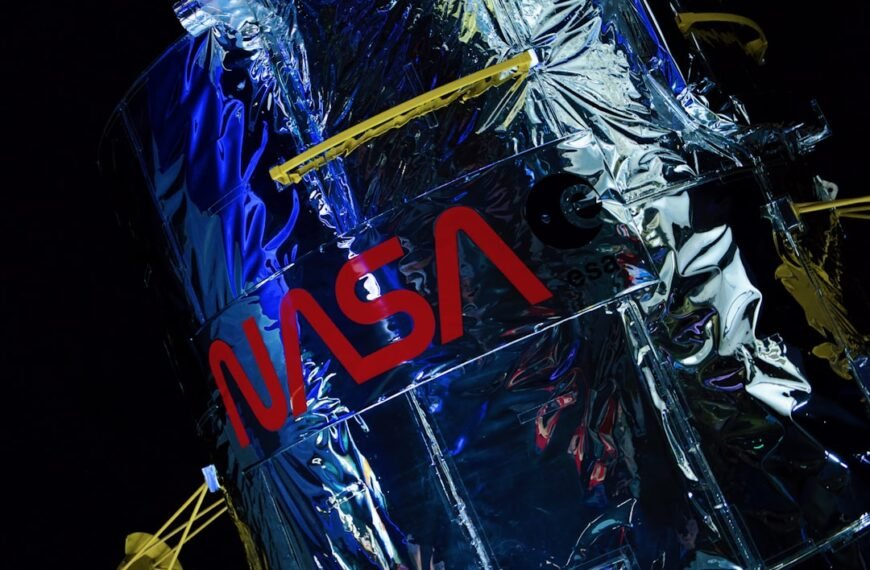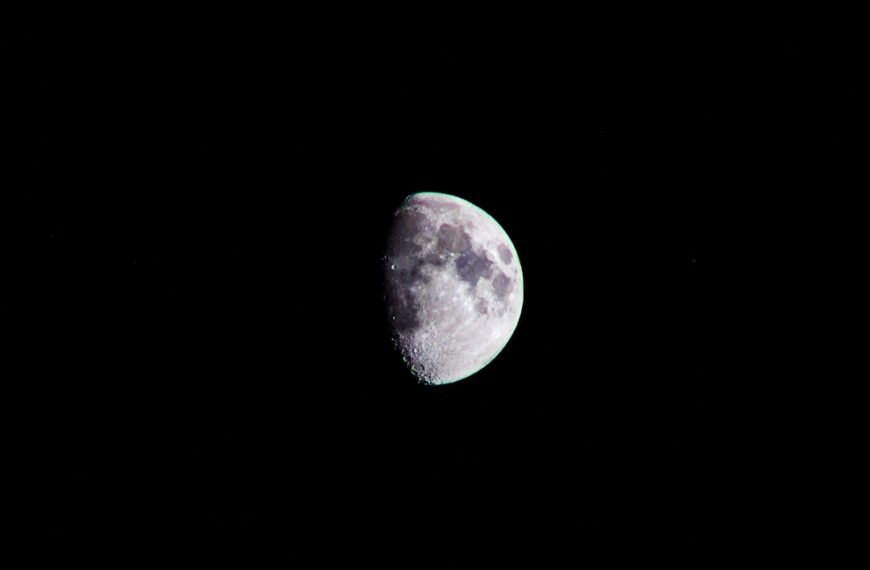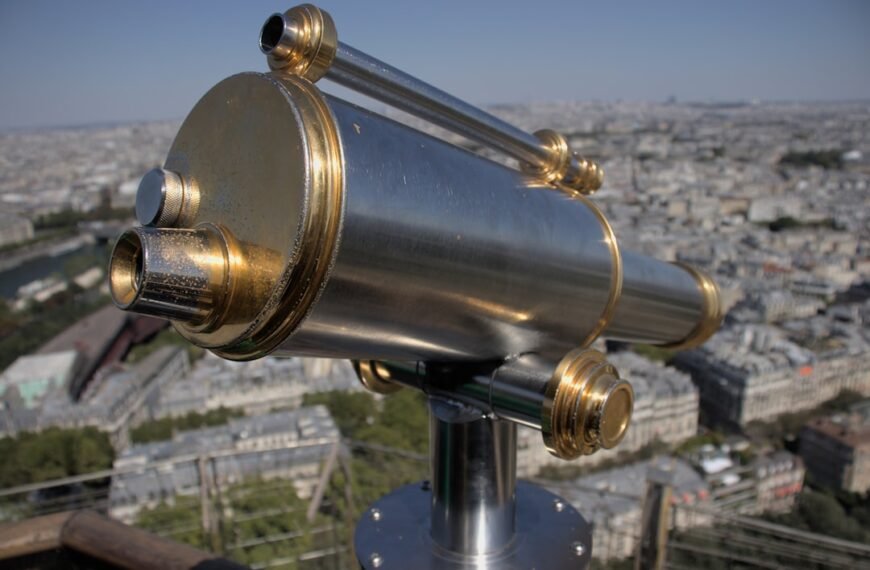Humanity has explored only a tiny fraction of space, focusing on Earth’s orbit and the Moon; future goals include Mars missions and international cooperation.
Key Takeaways 📝
- Humanity has only scratched the surface of space exploration, primarily focusing on Earth’s orbit and the Moon, while the vast observable universe spans an astonishing 93 billion light-years.
- The Artemis program aims to return humans to the Moon by the mid-2020s, serving as a critical step toward future Mars missions.
- Recent advancements in technology, such as the James Webb Space Telescope and private sector involvement from companies like SpaceX, are reshaping the landscape of space exploration.
- International collaboration is vital for overcoming the challenges of long-duration space missions and enhancing scientific progress.
- The future of space exploration holds immense potential for scientific discoveries and could play a crucial role in the survival of humanity.
how much of space have we explored?
Space, the final frontier, has always captivated the human imagination. From ancient stargazers to modern scientists, the quest to explore the cosmos has been a constant in human history. But as we gaze up at the night sky, a question lingers: how much of space have we truly explored? This blog post aims to answer that question by exploring the history, current state, and future of space exploration.
The Dawn of Space Exploration

The Space Race
The journey into space began in earnest during the mid-20th century, fueled by the geopolitical tensions of the Cold War. The Space Race between the United States and the Soviet Union marked the beginning of human space exploration. It was a time of rapid technological advancement and fierce competition, culminating in some of the most iconic moments in space history.
First Human in Space
On April 12, 1961, Soviet cosmonaut Yuri Gagarin became the first human to journey into outer space, orbiting the Earth aboard Vostok 1. This monumental achievement marked a significant milestone in space exploration and set the stage for future human spaceflights.
Human Space Travel
Milestones in Human Spaceflight
Since Gagarin’s historic flight, humanity has made significant strides in space travel. The Apollo program, launched by NASA in the 1960s, achieved the first manned moon landing in 1969. Neil Armstrong’s famous words, “That’s one small step for man, one giant leap for mankind,” echoed across the globe as he became the first human to set foot on the lunar surface.
Lunar Exploration
The Apollo missions were a testament to human ingenuity and determination. Between 1969 and 1972, a total of 12 astronauts walked on the Moon, conducting experiments and collecting samples. These missions provided invaluable insights into the Moon’s composition and history.
International Space Station
The International Space Station (ISS) represents a remarkable achievement in human space exploration. Launched in 1998, the ISS serves as a microgravity laboratory and a symbol of international cooperation. It has hosted astronauts from around the world, conducting research that benefits life on Earth and prepares us for future missions to Mars and beyond.
Robotic and Uncrewed Missions
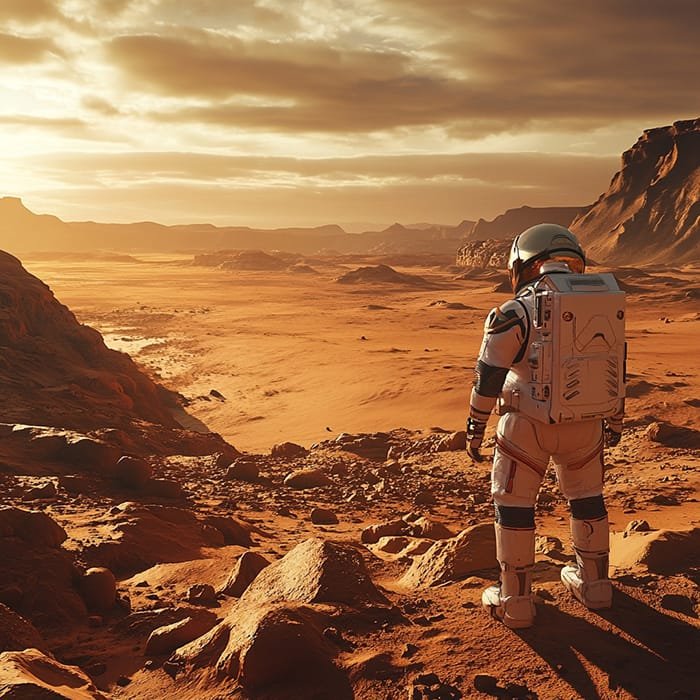
Mars Exploration
Mars has long been a focal point for robotic exploration. The Red Planet’s proximity and potential for past life make it a prime target for scientific study. NASA’s rovers, such as Spirit, Opportunity, Curiosity, and Perseverance, have provided valuable data about Mars’ geology and climate, paving the way for future human missions.
Probing the Outer Planets
Robotic missions have also ventured beyond Mars, exploring the outer planets and their moons. The Voyager probes, launched in the 1970s, provided humanity’s first close-up views of Jupiter, Saturn, Uranus, and Neptune. More recently, the Juno mission has been studying Jupiter’s atmosphere and magnetic field, while the Cassini spacecraft explored Saturn and its rings.
Mapping Celestial Bodies
Advancements in technology have allowed scientists to create detailed maps of celestial bodies. For instance, the Magellan spacecraft mapped Venus’ surface using radar, while the MESSENGER mission provided detailed images of Mercury. These efforts have expanded our understanding of the solar system and its diverse landscapes.
Current Progress in Space Exploration
Recent Missions and Discoveries
In recent years, space exploration has continued to advance at a rapid pace. The James Webb Space Telescope, launched in 2021, promises to revolutionize our understanding of the universe by observing distant galaxies and exoplanets. Meanwhile, missions like OSIRIS-REx have collected samples from asteroids, offering insights into the early solar system.
Private Sector Involvement
The private sector has played an increasingly important role in space exploration. Companies like SpaceX, Blue Origin, and Virgin Galactic are pioneering commercial space travel and developing technologies to support future missions. SpaceX’s Starship, for example, aims to transport humans to Mars and beyond, opening new possibilities for exploration.
The Extent of Human Exploration in Outer Space
How Much Have We Explored?
Despite our achievements, the vastness of space means that we have only explored a tiny fraction of the universe. Human missions have primarily focused on Earth’s orbit and the Moon, while robotic missions have reached the outer planets and beyond. However, the observable universe is estimated to be 93 billion light-years in diameter, highlighting the enormity of the task ahead.
Limitations and Challenges
Space exploration faces numerous challenges, including the vast distances involved, the harsh conditions of space, and the limitations of current technology. Long-duration missions, such as those to Mars, require solutions to problems like radiation exposure, life support, and communication delays.
Future Prospects and Challenges
The Artemis Program
NASA’s Artemis program aims to return humans to the Moon by the mid-2020s, with the goal of establishing a sustainable presence. This ambitious initiative will serve as a stepping stone for future missions to Mars, advancing our understanding of lunar resources and testing new technologies.
Mars Colonization
Mars colonization is a long-term goal for space agencies and private companies alike. Establishing a human presence on Mars presents significant challenges, from developing life support systems to creating sustainable habitats. However, the potential benefits, including scientific discoveries and the survival of humanity, make it a compelling objective.
Technological Advancements
Advancements in technology are crucial for the future of space exploration. Innovations in propulsion, robotics, and artificial intelligence will enable more efficient and ambitious missions. For example, ion propulsion systems could reduce travel time to distant planets, while AI could assist in autonomous decision-making during missions.
The Role of International Collaboration
Global Partnerships
International collaboration is essential for the success of space exploration. The ISS is a prime example of how countries can work together to achieve common goals. Future missions, such as those to Mars, will likely require cooperation between nations to share resources, expertise, and technology.
The Importance of Cooperation
Cooperation in space exploration not only enhances scientific and technological progress but also fosters peaceful relations between countries. By working together, nations can pool their resources and knowledge, overcoming challenges that no single country could tackle alone.
Space exploration is a testament to human curiosity and ingenuity. While we have made significant strides in exploring our solar system, the vastness of space means that much remains to be discovered. As we look to the future, international collaboration, technological advancements, and the involvement of the private sector will be key to unlocking the mysteries of the universe. The journey is far from over, and the possibilities are as limitless as the cosmos itself.
FAQs
What percentage of space have we explored?
We have explored only a tiny fraction of space. Human missions have primarily focused on Earth’s orbit and the Moon, while robotic missions have reached the outer planets and beyond. However, the observable universe is estimated to be 93 billion light-years in diameter.
What are the main challenges of space exploration?
Space exploration faces challenges such as vast distances, harsh conditions, and technological limitations. Long-duration missions require solutions for radiation exposure, life support, and communication delays.
What is the Artemis program?
The Artemis program is NASA’s initiative to return humans to the Moon by the mid-2020s, with the goal of establishing a sustainable presence. It serves as a stepping stone for future missions to Mars.
How is the private sector involved in space exploration?
The private sector, including companies like SpaceX and Blue Origin, is pioneering commercial space travel and developing technologies to support future missions. They are playing an increasingly important role in advancing space exploration.
Why is international collaboration important in space exploration?
International collaboration enhances scientific and technological progress and fosters peaceful relations between countries. By working together, nations can pool resources and knowledge to overcome challenges that no single country could tackle alone.





